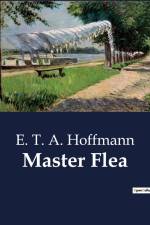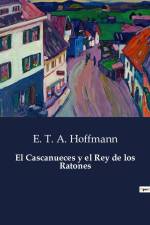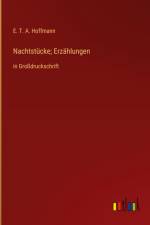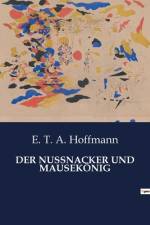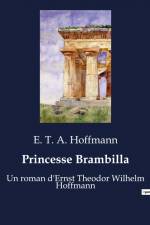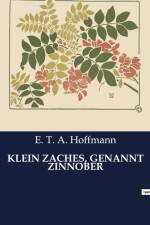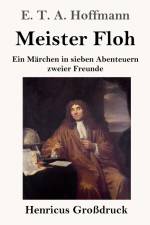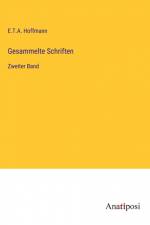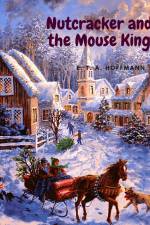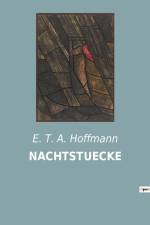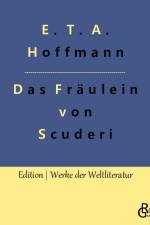von E. T. A. Hoffmann
9,99 €
Unfern eines anmutigen Dorfes, hart am Wege, lag auf dem von der Sonnenglut erhitzten Boden hingestreckt ein armes zerlumptes Bauerweib. Vom Hunger gequält, vor Durst lechzend, ganz verschmachtet, war die Unglückliche unter der Last des im Korbe hoch aufgetürmten dürren Holzes, das sie im Walde unter den Bäumen und Sträuchern mühsam aufgelesen, niedergesunken, und da sie kaum zu atmen vermochte, glaubte sie nicht anders, als daß sie nun wohl sterben, so sich aber ihr trostloses Elend auf einmal enden werde. Doch gewann sie bald so viel Kraft, die Stricke, womit sie den Holzkorb auf ihrem Rücken befestigt, loszunesteln und sich langsam heraufzuschieben auf einen Grasfleck, der gerade in der Nähe stand. Da brach sie nun aus in laute Klagen: "Muß," jammerte sie, "muß mich und meinen armen Mann allein denn alle Not und alles Elend treffen? Sind wir denn nicht im ganzen Dorfe die einzigen, die aller Arbeit, alles sauer vergessenen Schweißes ungeachtet in steter Armut bleiben und kaum so viel erwerben, um unsern Hunger zu stillen? - Vor drei Jahren, als mein Mann beim Umgraben unseres Gartens die Goldstücke in der Erde fand, ja, da glaubten wir, das Glück sei endlich eingekehrt bei uns und nun kämen die guten Tage; aber was geschah! - Diebe stahlen das Geld, Haus und Scheune brannten uns über dem Kopfe weg, das Getreide auf dem Acker zerschlug der Hagel, und um das Maß unseres Herzeleids vollzumachen bis über den Rand, strafte uns der Himmel noch mit diesem kleinen Wechselbalg, den ich zu Schand' und Spott des ganzen Dorfs gebar. - Zu St.- Laurenztag ist nun der Junge drittehalb Jahre gewesen und kann auf seinen Spinnenbeinchen nicht stehen, nicht gehen und knurrt und miaut, statt zu reden, wie eine Katze.




